In the most recent edition of ENR.com, reporters Peter Reina and Gary Tulacz provide a brief overview of the consolidation occurring in design firm markets in their article “2014 Top International Design Firms.” Firms continue to combine and consolidate in an effort to reach out for larger projects. Several trends are apparent in the international, as well as the local, design markets. Here is a quick snapshot of evolving issues.
The latest shake-up in engineering/architecture firm acquisitions is the $6B offer by AECOM (ranked 4th on ENR Top 225 list) to buy URS (ranked 16th). Recent 2014 rankings of a few other architecture friends:
Gensler 59th
SOM 70th
HOK 78th
KPF 83rd
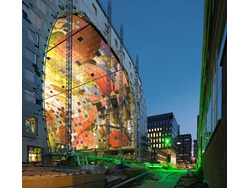
PHOTO COURTESY of Royal HaskoningDHV
Royal HaskoningDHV is the structural engineer on the 130 ft high, 230 ft wide Markthal apartment complex and food court in Rotterdam, The Netherlands.
Profit Pressures
“[Profit] Margins are needed to accommodate the increasing risks shifted to designers by contractors and owners,” says Greg Hodkinson, Chairman of the Arup Group, based in London. Funds are so constrained that “even institutional owners, who should know better, are not providing sufficient contingency in the budgets.”
“Across the industry, there has been an increase in the devolution of risk from clients and contractors to consultants,” says Michael Renshaw, CEO of Cardno, an infrastructure and environmental services company headquartered in Australia. He says design firms are being forced to foster more strategic partnerships with contractors and service providers to counter this risk. Cardno currently works on projects in more than 100 countries.
Further, pressure on construction costs is a consequence of the “heightened attention” of governments and their processes of service procurement, explains Uwe Krueger, CEO of WS Atkins PLC, London. Increasingly sophisticated approaches include the UK government’s adoption of BIM (building information modeling) on all of its projects.
Price vs. Quality Competition
Competition has become increasingly heated in the international market. “The market is evolving, and new companies from many countries are entering the international markets,” says Antonio Bevilacqua, CEO of Italy’s Italconsult S.p.A. “If the clients do not start to be selective in the bid evaluation process by prioritizing quality over price, the companies with major expertise and know-how might go out of market.”
Many international designers are concerned about increasing pressure on costs by clients. Over the past two or three years, “there was a trend to more cost-driven selection processes, which did not give the best overall outcome to clients’ projects,” remarks Mick Lynam, executive director of Ireland’s PM Group. In some cases, Lynam explains, PM stepped in after the lowest-cost provider was unable to deliver successfully. According to Lynam, poor execution by low-cost providers has many clients rethinking their procurement strategies.
Reina, Peter, and Tulacz, Gary. “The 2014 Top International Design Firms.” ENR.com (Engineering News-Record). New York: McGraw Hill Construction, 23 July 2014. Web. 28 July 2014.
Geoffrey Lewis, AIA
Director, DBI Architects, Inc.
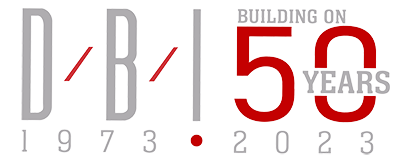
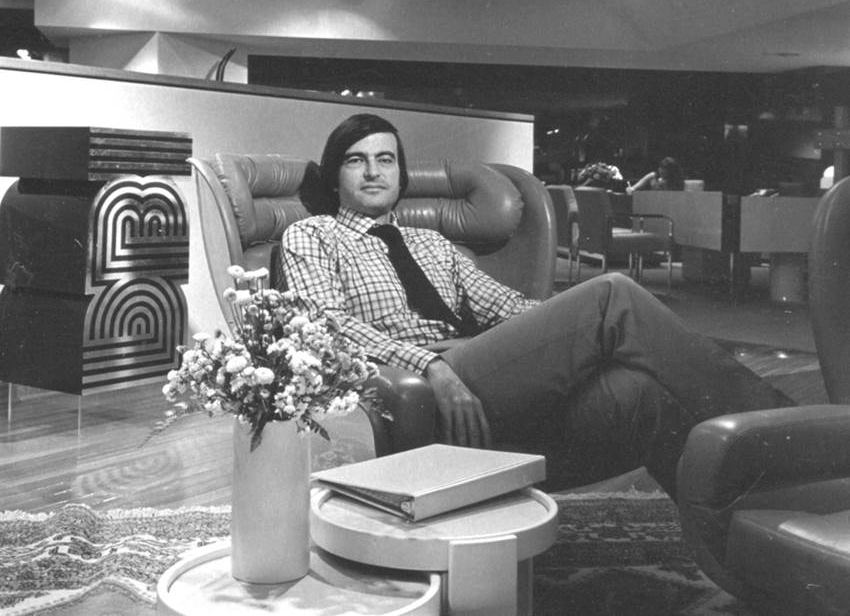
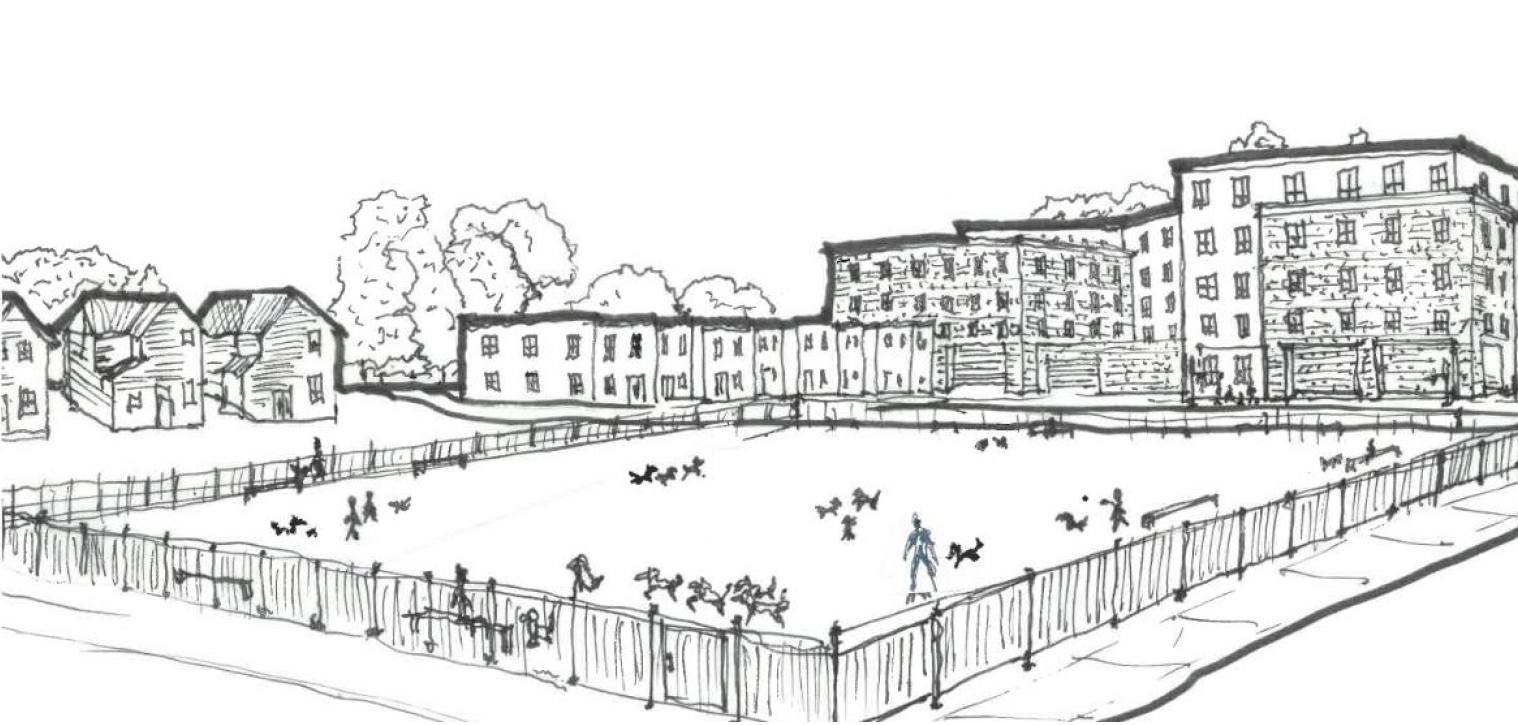
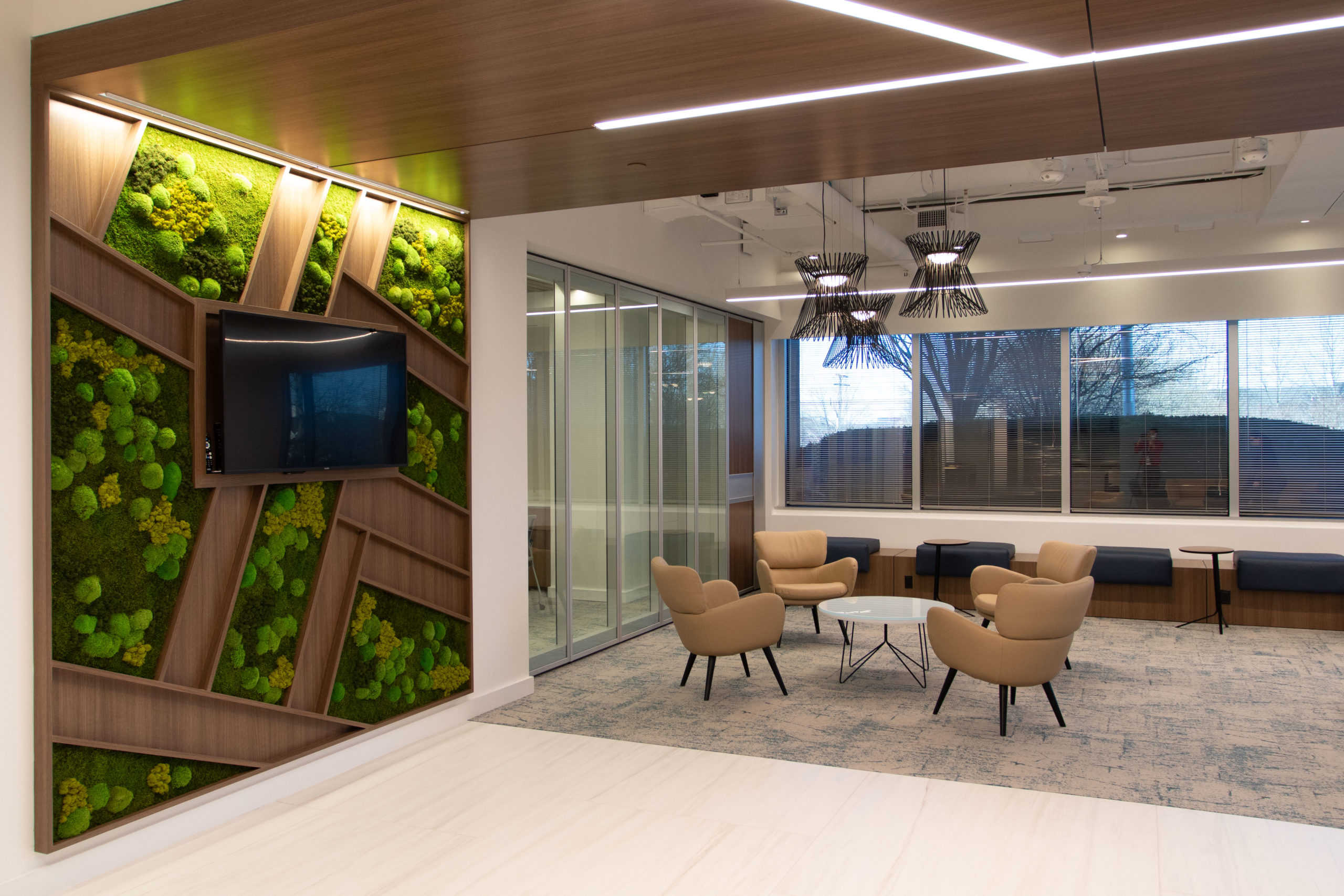
Leave A Comment